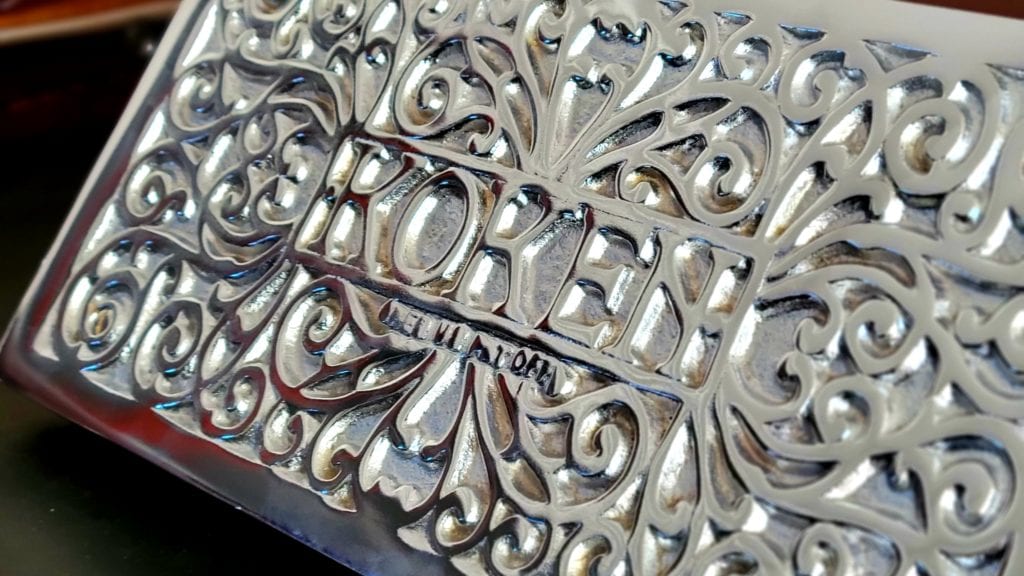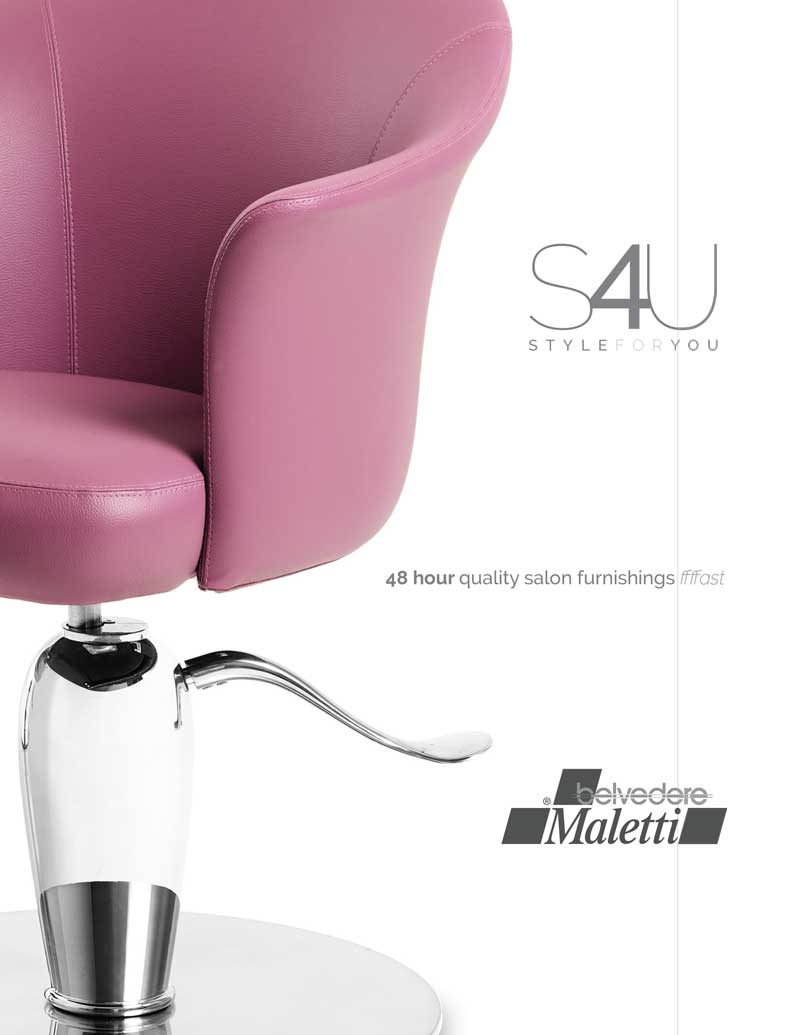
The transformative power of the hydraulic styling chair is a testament to innovation's ripple effect across the hair and beauty industry. These chairs, ubiquitous in barbershops, tattoo shops, and beauty salons around the globe, are a symbol of ergonomic functionality meeting aesthetic appeal.
The hydraulic mechanism in these chairs, a truly revolutionary feature, allows a stylist to effortlessly adjust the chair's vertical height with just the press of a button or foot pedal. Some of these hydraulic chairs even offer a tilt function, a feature that adds an extra layer of comfort for the clients. Before the hydraulic chairs' advent, swivel chairs, which require manual turning for height adjustment, were the standard.
To trace the journey of the hydraulic styling chair, we must turn the pages of history back to a time before the 1900s. Hair styling chairs of this era already boasted features like adjustability, tilt functions, and footrests. But the mechanism for these adjustments was far from the sophistication of today’s hydraulic systems; springs and screws were the tools of the trade.
A key figure in the evolution of the styling chair was German inventor Ernest Koken. He earned a patent for his design of the first-ever reclining chair. Observing the increasing demand for his reclining chair, Koken invested his creativity and engineering prowess into refining his barber chair designs.

In the 1900s, Koken's innovations reached a pinnacle. He developed a hydraulic-operated chair controlled by a "joystick" side lever, a significant breakthrough that allowed barbers to adjust chairs without manual handling. After patenting his designs, Koken combined them to create the world's first hydraulic chair - the Koken Hydraulic Barber Chair. This invention marked a significant milestone in the journey of hydraulic barber chairs.
Fast forward to today, the basic design of hydraulic styling chairs has undergone a metamorphosis. There are two main types of hydraulic chairs: electric and manual.
Electric hydraulic chairs are the luxury segment of the market. These advanced, high-tech chairs come with a price tag that can range from a few hundred to thousands of dollars. The Emil J Paidar company, the holder of a patent for electrically operated barber chairs since 1961, produces these chairs. Their main selling point is the extraordinary convenience they offer to the stylist. With just a push of a button or a foot pedal, the chair's height can be adjusted. Some models even have memory functions, enabling the chair to remember and recall several commonly used heights.
On the other end of the spectrum are manual hydraulic chairs. These are controlled by a foot pedal that needs to be pumped until the desired height is reached. Ernest Koken holds the patent for the design of these chairs. Pressing and holding the pedal lowers the chair's height until it's released. While they don't require electricity, they do demand some manual effort from the stylist. Economically, they are a less expensive alternative to electric hydraulic styling chairs. A new manual hydraulic chair can cost up to a thousand dollars, while a vintage one can fetch up to three thousand.
Interestingly, some of the antique barber chairs from the late 1800s had hydraulic systems. At a time when electrical hydraulics were not available, manual hydraulics were the preferred choice.
From its humble beginnings to the current sleek, modern design, the transformation of hydraulic styling chairs is genuinely astounding. So, next time you slide into the comfort of one of these chairs at your favorite salon, take a moment to appreciate the journey of innovation that brought it into existence.

